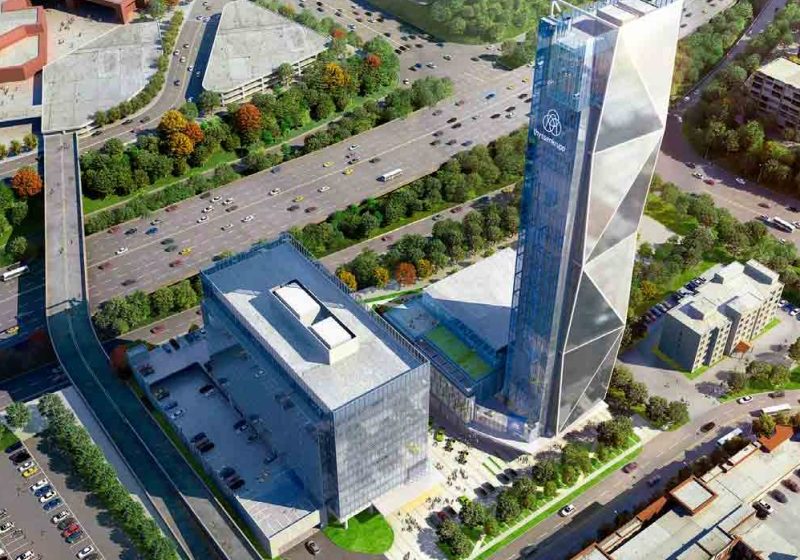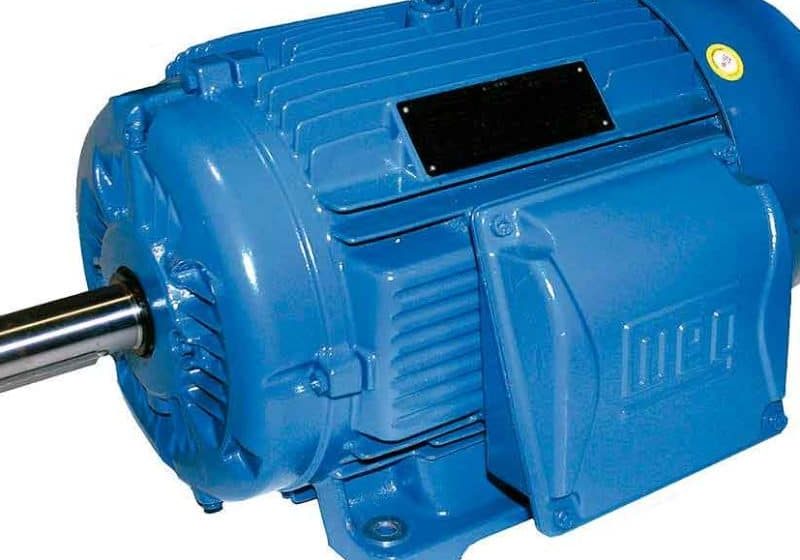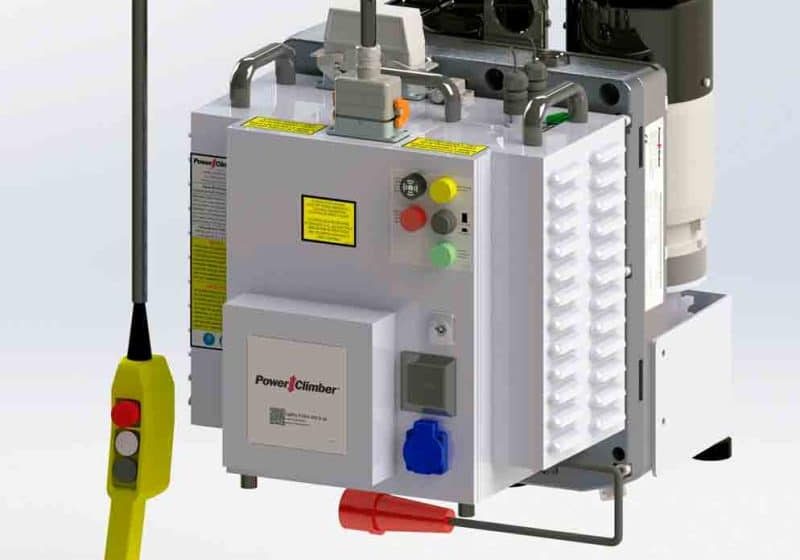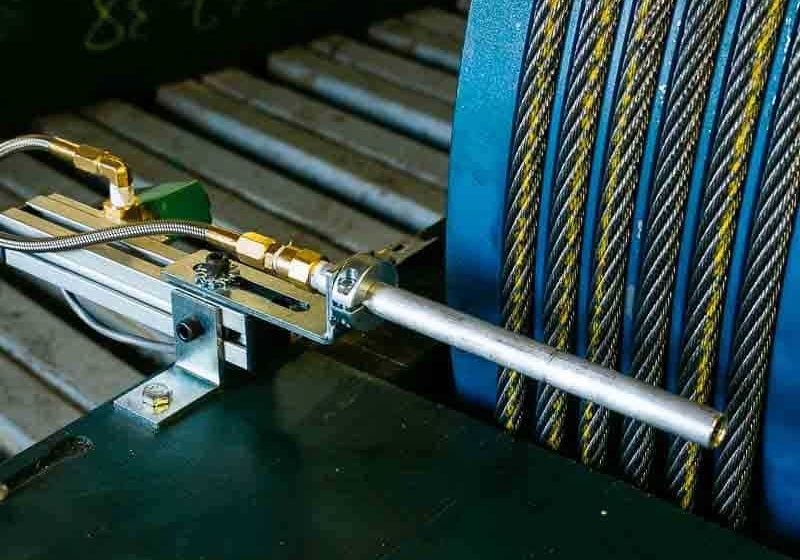Players in the Canadian VT industry talk challenges, trends.
Business is good for The Peelle Co., which is headquartered just outside Toronto in Brampton, Ontario, and provides its freight elevator doors to clients throughout Canada, North America and the world. Peelle just added passenger-elevator doors to its product mix, and the company expects to sell a considerable number of these to condominium and other high-rise projects in Canada. Peelle Vice President of Business Development Michael J. Ryan shares:
“In Toronto and Vancouver, it’s all about the condos. There is a lot of foreign investment fueling this, and that’s inflating the prices, making homes in these high-rise buildings out of reach for most Canadians. But, it’s creating demand for elevator companies and suppliers like us. We are seeing an increase in demand for automobile-lift doors, because where these condo high rises are being built, space is at a premium, and there isn’t the luxury of building parking ramps and garages. As long as condos continue going up in Toronto and Vancouver, where space is at a premium, I think people will continue to put in auto lifts.”
Peelle worked with Richmond Elevator of Richmond, British Columbia, on an auto elevator for a high-rise condominium in Vancouver. The job is an indicator of a Canadian vertical-transportation (VT) market that is healthy and growing, both in terms of new installations and maintenance and modernization.
High rises proliferating in Toronto, Montreal, Calgary and Vancouver are certainly creating work for OEMs, independents and suppliers. Business is looking up. Still, there are challenges, among them manpower, looming legislation, the potential trickle-down effect of U.S. tariffs, and (in some places) a slack office market and few education options. Here, ELEVATOR
WORLD speaks with a few VT industry players about what’s going on in the Great White North. Providing insight are Ryan (MR), Otis Canada Managing Director Patrick Yeung (PY), KONE Director of Marketing & Communications Patrick O’Connell (POC), Canwest Elevator & Lifts owner Justin Mendez (JM) and KJA Western Canada Manager Scot Harvey (SH).
EW: Tell me about the company’s Canadian roots and presence.
PY: Otis’ history in Canada began in 1913, when we were incorporated in Ontario. We have more than 1,000 employees serving all of Canada’s provinces. Iconic buildings we serviceinclude CN Tower, First Canadian Place and Toronto Eaton Centre in Toronto; and Skylon Tower in Niagara Falls. Our head Canadian office is in Burlington, Ontario. Otis Canada has a strong presence from Vancouver to Newfoundland and in all major cities and provinces in between. Our major elevator markets are Vancouver, Calgary and the greater Toronto area. In major cities like Vancouver and Toronto, we are seeing significant new construction activity. Across the country, the modernization market is strong due to aging buildings and demand for new technology and reliability.
POC: KONE entered Canada in 1985 with the acquisition of Montgomery Elevator and Drolet. The KONE Canada head office is in Mississauga, Ontario. Our largest markets are Montreal, Toronto and Vancouver, with 15 branch locations across the country. KONE is a strong player in all aspects of the business, with solid growth in the new-construction market.
EW: From an independent’s perspective, tell me about your market and how it’s doing right now.
JM: The Alberta market is really different from the Canada market. We are an oil-and-gas based province, so, as oil and gas goes, so goes Alberta. When it’s booming, we’re booming, and when it’s busting, we’re busting. There is over 30% office vacancy in downtown Calgary right now, which is unheard of. I was reading an article that said another major tower is not expected to be built in Calgary for another 10 years, just based on the capacity and volume that we have.
The Bow, which is one of the tallest towers in downtown Calgary, was supposed to be higher than it is; they capped it by about six floors. But Telus Sky Tower, another very tall tower downtown, is getting close to completion. Business is solid for us thanks to building a strong maintenance and modernization portfolio during the rough times.
EW: How about from Peelle’s perspective? Was the robust Canadian condo market a reason you got into the passenger-door market?
MR: I wouldn’t say that it was, but I would say we are certainly intrigued by the amount of condo development in big Canadian cities, and if there is an opportunity to provide our passenger doors to these projects, we will. The freight industry, in which we work, is certainly more mature. When we recently launched our passenger-entrance product, we looked at the construction market in the U.S. being very robust, and recognize that Canada follows a similar pattern.
EW: What is an example of a recent Canadian job of which the company is proud, and what did it consist of?
POC: KONE has completed many exciting projects, but we are particularly proud to contribute to the infrastructure of our cities. We have completed exciting hospital and transit projects throughout the country.
PY: Among major projects, Otis Canada won the O-Train Confederation Line project in Ottawa, which is the first leg of Ottawa’s electric light rail transit (LRT) system. We’re proud to be involved with a project that’s so important to the people of Ottawa. The O-Train Confederation Line is Ottawa’s largest infrastructure project since 1832, and full service of the LRT system is planned for this year.
We also recently won the Eglinton LRT project in Toronto. This is a major win for us, not only because of the large volume of escalators we will be providing, but because we are part of a world-class transportation project in the largest city in Canada.
EW: What is your outlook for the market for the next five years?
POC: Broad, stable growth, as we continue to see the trend of urbanization play out and our society’s need to accommodate the aging population within cities.
PY: Between infrastructure investments, an aging population and the steady demand for high-rise living, the outlook is positive in the Canadian market for the foreseeable future.
SH: There are a lot of oil companies in the buildings we work for, and there are still vacancies in buildings in Calgary from the oil and gas situation — there’s no doubt about that — but things are starting to turn around.
JM: I’m very optimistic about the industry. Urbanization really is the plan for most major metropolitan cities. People like myself don’t want to commute two hours a day, so I really see the industry expanding. I think that, in Alberta, the recession is officially over, and I think we are going to see the industry come back very strong.
EW: How challenging is it to hire qualified, dedicated employees?
JM: It’s very competitive. In Alberta for the past 10 years, the problem was basically if you could walk and talk at the same time, you had a job. If you could walk and talk and chew gum at the same time, a fast-food restaurant could offer you CAD19 (US$14.58) an hour. So, you’re not only competing against your industry but against every other industry, so it was really hard to get quality, loyal employees. To give you an idea, in Fort McMurray, (Alberta), a truck driver could make CAD200,000 (US$153,540) a year. Granted, it is hard work, but that’s a good paycheck.
I would say finding employees who are loyal, talented and experienced is the biggest hurdle we face. Right now, we have a lot of eager people who are looking for education. This is a small industry. It’s very easy to become a certified plumber or electrician or automotive mechanic in Alberta, but to become a certified elevator mechanic, you basically have few choices — you can join the union or find somebody who can provide education. It’s not feasible for the province to provide education, and for small companies like us to provide it, the costs would be astronomical.
I have had a lot of success finding employees overseas. We’ve got a couple of guys from the Philippines, a guy from Hungary and one from France. They are some of our best mechanics.
EW: What is the potential fallout from the Elevator Availability Act?
JM: It’s going to be really tough. Ultimately, what I think it is going to do is drive up the cost of service. I think building owners need to understand what is really involved in the work.
EW: Are U.S. President Donald Trump’s tariffs affecting the VT industry in Canada?
MR: It’s too soon to tell, but they definitely could affect Peelle and companies like Peelle. We buy some special steel that we can only get from the states. Peelle is no different from any of the global companies that buy materials from all over the world. As long as the U.S. is going to have trade wars with the Chinese and Europeans, we are all going to have to deal with it. All of the major multinational companies bring stuff in from China and elsewhere. We are all in the same boat.
Get more of Elevator World. Sign up for our free e-newsletter.










